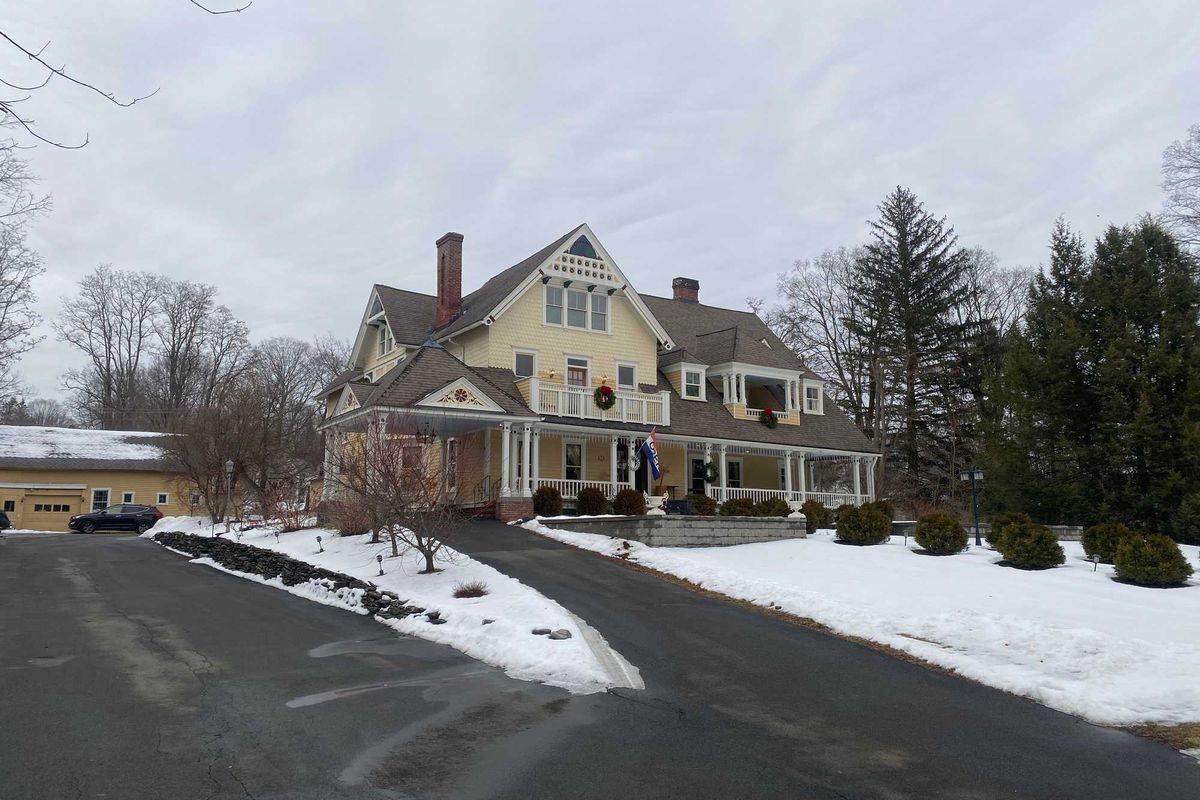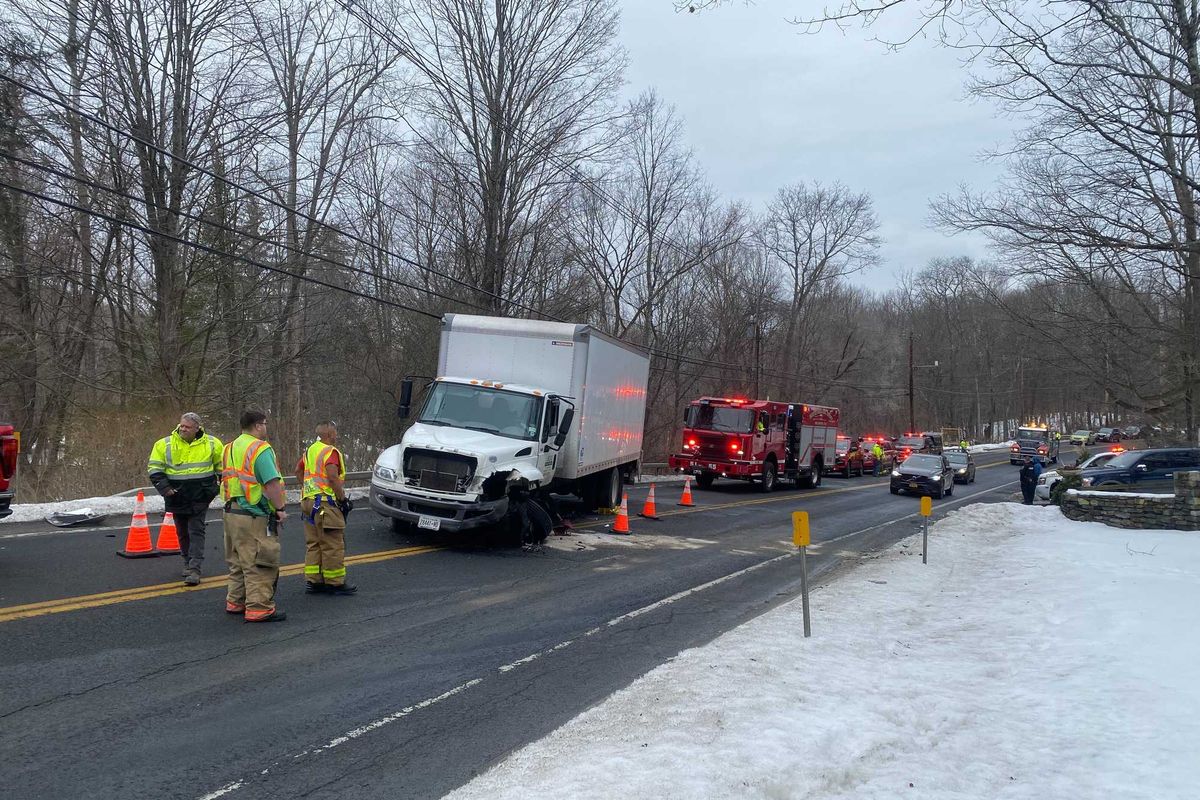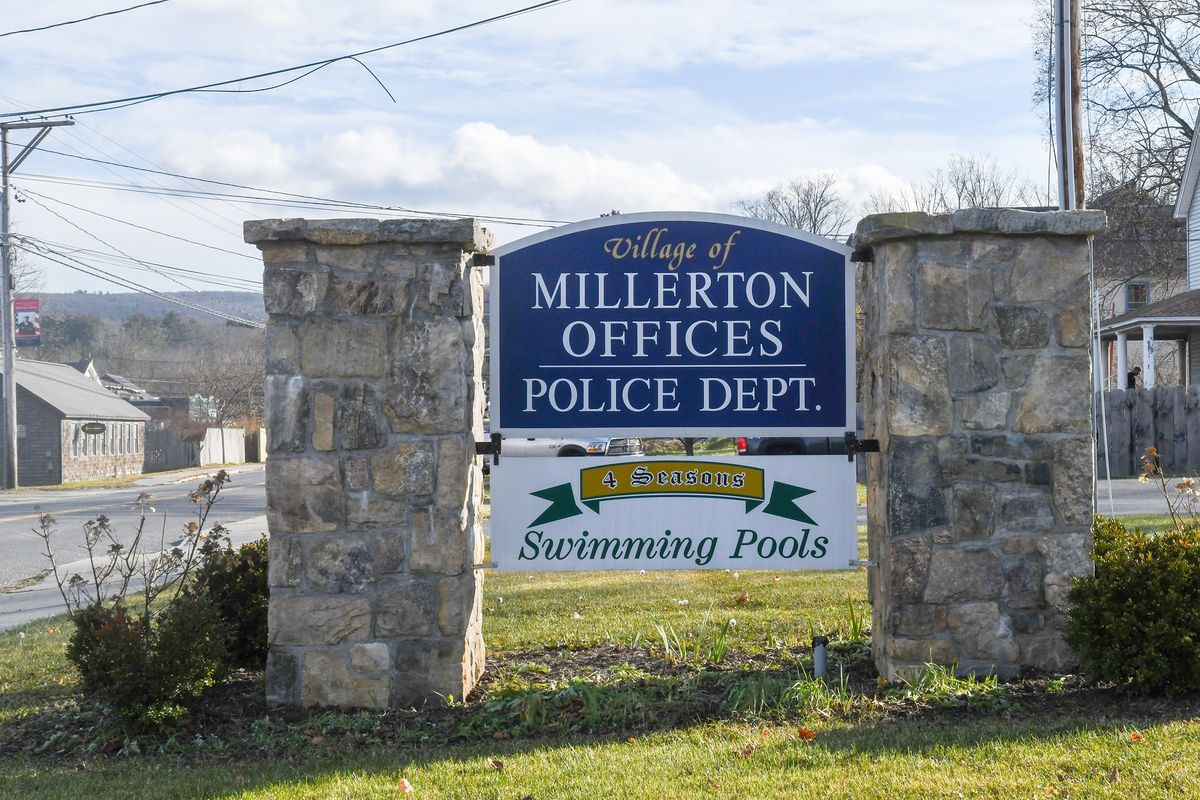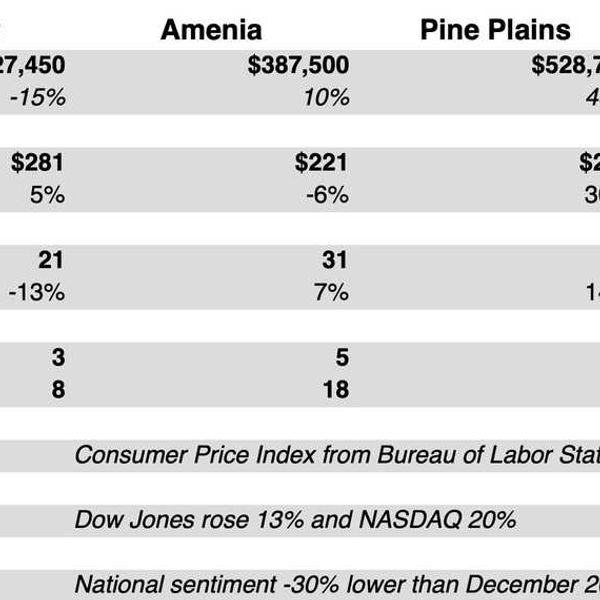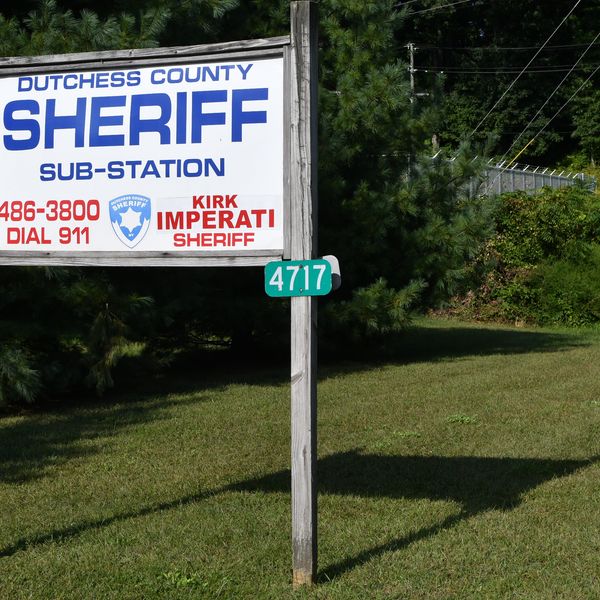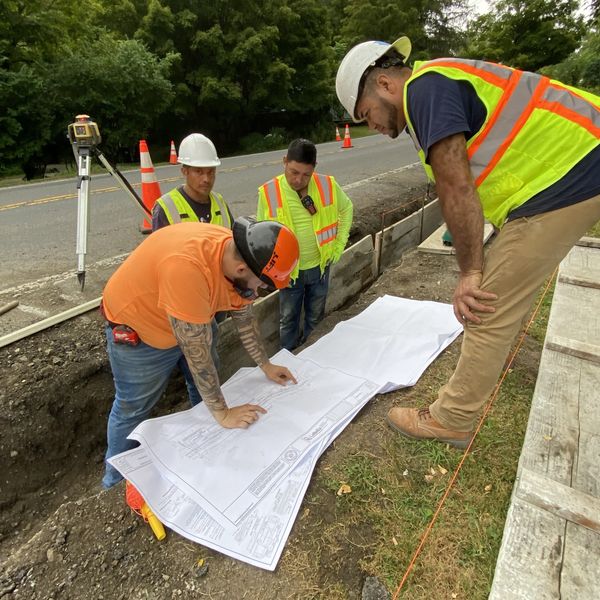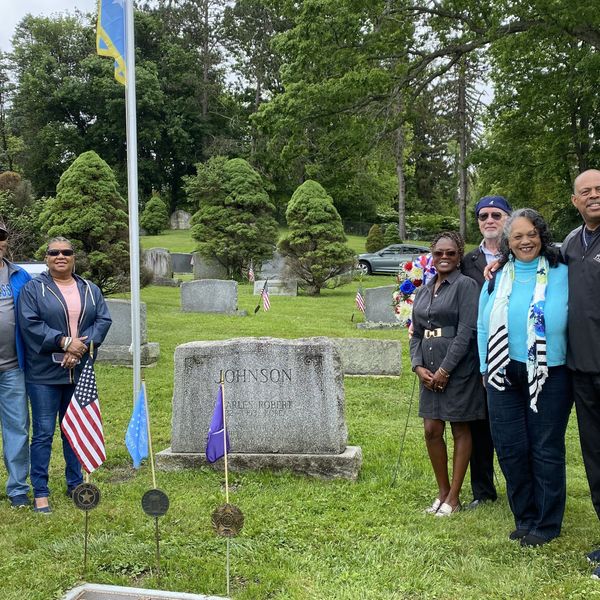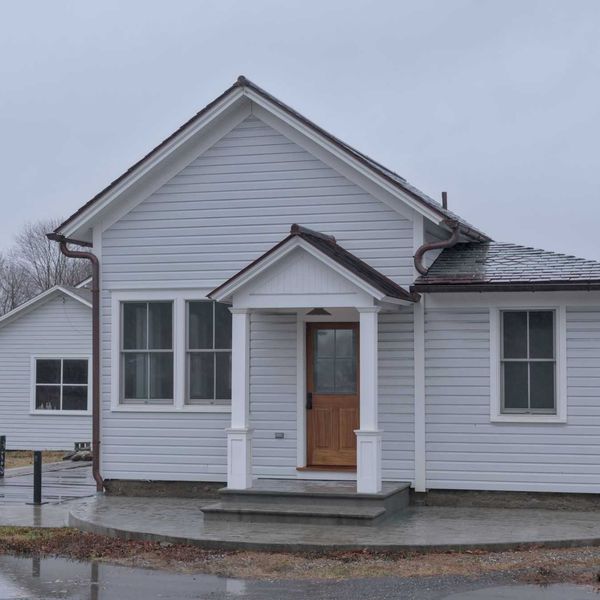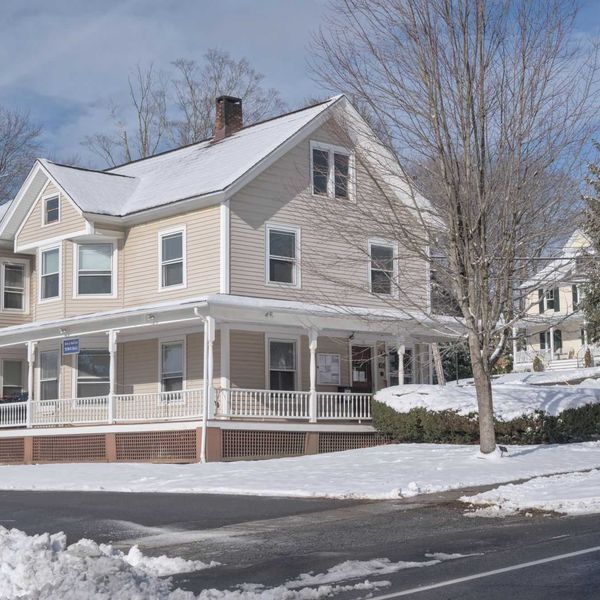Latest News
The Millerton Inn on Main Street will host the first dinner in this year's Dine Out for History series on Sunday, Jan. 18. A local history quiz including a free glass of wine will precede dinner service at 5:30 p.m. Reservations are requested.
Photo by Nathan Miller
MILLERTON —Diners will once again have the opportunity to support the North East Historical Society this winter while enjoying meals at local restaurants with the return of “Dine Out for History.”
Seven restaurants across Millerton and the Town of North East will be participating in this year's event, marking the highest number since the COVID-19 Pandemic shuttered the event from 2020 to 2022.
On select dates from Jan. 18 through March 23, participating restaurants will host their own Dine Out for History night, with 10% of the evening’s proceeds donated to the historical society to support research, digitization of its collection and efforts to make historic content more accessible to the public.
“We’re very happy to see the significant support we are getting from local restaurants,” said Edward Downey, president of the North East Historical Society. “We aim to bring them more business at a tough time of year, and from the feedback we’ve gotten, their patrons enjoy rallying to support local history.”
The series will begin Sunday, Jan. 18, at The Millerton Inn, 53 Main St. An optional brief presentation — a participatory local history quiz — will be held at 5:30 p.m. for those who wish to arrive early. The program includes a complimentary glass of wine, with dinner to follow. Reservations are requested.
The other participating restaurants include Taro’s at 18 Main St. on Thursday, Jan. 29; Willa at 52 Main St. on Thursday, Feb. 12 (reservations requested); the Oakhurst Diner at 19 Main St. on Sunday, Feb. 22; Pasture Kitchen at 130 Route 44, on Thursday, March 5; the Golden Wok at Railroad Plaza, 2 Main St., on Sunday, March 15 (takeout only); and Round III at 5523 Route 22, on Monday, March 23.
To get a reminder, please sign up for the North East Historical Society newsletter by contacting Ed Downey at eddowney12@gmail.com.
The North East Historical Society is on the second floor of the NorthEast-Millerton Library, 75 Main St., Millerton. Its hours are 11 a.m. to 1 p.m. on Fridays or by appointment. For more information, contact Ed Downey at eddowney12@gmail.com.
Keep ReadingShow less
Millerton Fire Company crews directing traffic as they waited for a tow truck large enough to haul the wrecked box truck away from a crash site on Route 44 just south of the entrance to the Millerton Gun Club on Friday, Jan. 9.
Photo by Nathan Miller
MILLERTON — A crash involving a box truck and a passenger vehicle blocked traffic just outside the Village of Millerton for much of the early afternoon Friday.
North East Fire Chief Keith Roger told The News on-scene that no one was injured in the crash that occurred around 12:30 p.m. on Route 44, just south of the entrance to the Millerton Gun Club.
Details of the incident were limited as emergency crews worked at the scene. Roger said a box truck and a passenger car were the two vehicles involved, but additional information was not immediately available.
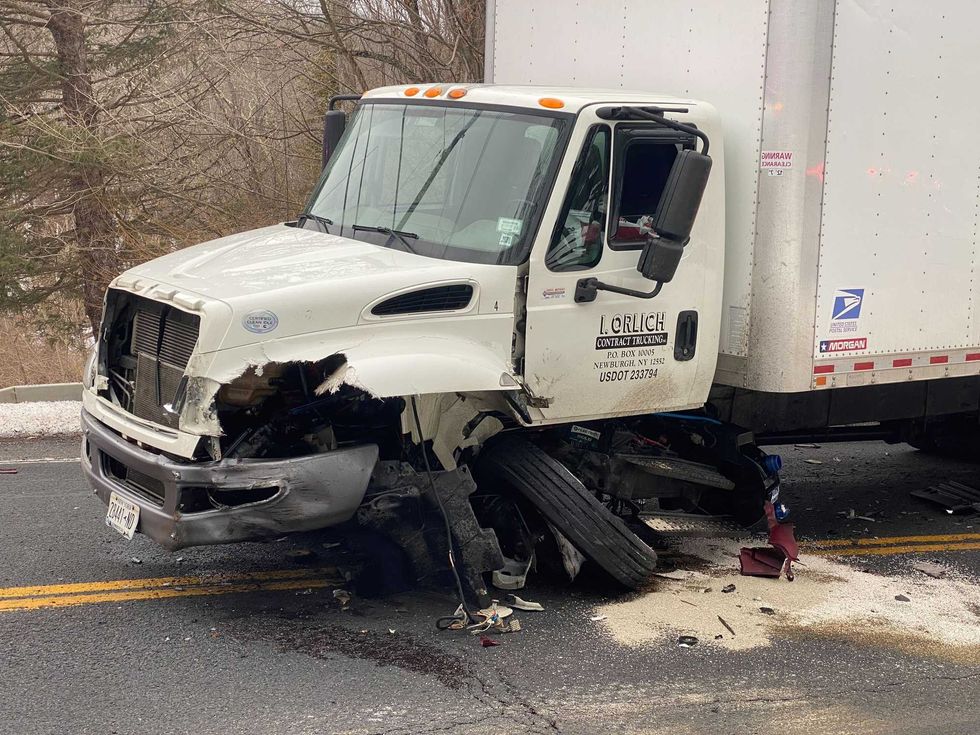
The passenger car was towed from the scene by about 1:45 p.m. A heavy-duty tow truck from East Fishkill arrived shortly thereafter to remove the box truck.
The disabled box truck blocked a lane of traffic on Route 44 just outside of the village, causing significant delays for motorists and prompting many to take a detour on Mill Road to avoid the congestion.
"It takes a minute," Roger said. "We don't have any large vehicle tow companies nearby."
Keep ReadingShow less
Village of Millerton offices on Route 22
John Coston
MILLERTON – The Village of Millerton Board of Trustees will convene on Monday, Jan. 12, for its monthly workshop meeting, with updates expected on the village’s wastewater project, Veterans Park improvements and the formal recognition of a new tree committee.
The board is scheduled to receive an update from Erin Moore – an engineer at Tighe and Bond, an engineering and consulting firm – on the status of the village’s wastewater project. The presentation will focus on funding secured to date, as well as additional grant opportunities that may be pursued to support the long-term infrastructure effort.
Trustees will also discuss a proposed local law to formally establish a village tree committee, a group that has been in development for several months. The committee aims to improve the overall health and sustainability of Millerton’s trees, and plans to seek funding to support its work. An initial tree audit would be the first step in assessing the condition of existing trees, but the group must be officially recognized by the village to do so. The law will be discussed during Monday’s meeting and a public hearing will likely be set for a later date.
In addition, the board will review the State Environmental Quality Review (SEQR) process related to planned renovations at Veterans Park. Required by the state, this process will examine any potential environmental, social or economic impacts on the renovations that will be made to the park. In the works for more than a year, the renovations will include both landscaping and hardscaping improvements intended to enhance the space as a central gathering space in downtown Millerton. The work is funded through a Community Development Block Grant (CDBG) awarded in 2024. Village officials previously secured an extension on the grant, and construction is now expected to be completed by Memorial Day.
The meeting, which is open to the public, will take place at Village Hall at 5933 N Elm Ave. at 6 p.m.
Keep ReadingShow less
Aimée Davis in her Millerton massage studio at 65 Main St. Davis offers massage therapy, relationship coaching and reiki in her studio and through home visits.
Photo by Aly Morrissey
MILLERTON — While many view the new year as a starting line for resolutions and new habits, Millerton-based massage therapist and relationship coach Aimée Davis suggests a different course — a marathon, not a sprint. She believes a slower, more embodied approach can lead to greater fulfillment than ticking boxes off a list.
“I’m more of a daily-moment person,” Davis said, explaining that she focuses on small, consistent practices rather than big, rushed goals. Practicing conscious living year-round allows her to forego new year’s resolutions. “I made one yesterday and I’ll make one tomorrow — I’m constantly tracking what’s coming up, what’s drifting and what I want to change.”
As an intuitive healer, Davis has developed a deep appreciation for the human body over the years — and makes it her mission to help others do the same. “The body is so powerful — it’s just brilliant,” Davis said from her cozy, wood-paneled massage room in downtown Millerton.
Located at 65 Main St., the unassuming pink building is also home to naturopathic doctor and acupuncturist Brian Crouse. Davis laughs about their serendipitous meeting — which happened while she was eating a tomato sandwich — a chance encounter that eventually led to their shared workspace. Today, Davis is 12 years into her own practice, shaped by decades of training and experience in both bodywork and relationship counseling.
Although her work exists at the intersection of health and wellness, Davis is reluctant to embrace either label. “I’m in the business of people,” she said after a moment of reflection, adding that she believes there is a light inside of everyone.
Davis said she first discovered this light at age 18 when she worked at Berkshire Meadows, a facility for students with complex medical and developmental disabilities. She felt a pull to work alongside students with the greatest needs — many of whom were in wheelchairs and nonverbal. During this four-year period, Davis was responsible for feeding, bathing and bringing a sense of joy to these students. “We would play music and we became close like family,” Davis reflects on a period of her life when she stepped into the role of nurturer and caregiver. It was around this time that Davis also became a young mother.
The work and her role as a mother ignited a lifelong passion for learning about and supporting people. Davis said that, as a Capricorn, she tends to go all in when it comes to studying or understanding something. From training in chakras and reiki to studies in neurology, anatomy, and physiology, Davis has embraced lifelong learning and continues to see value in gaining knowledge from both peers and her community.
One mantra Davis lives by is “if it’s not a heck yes, it’s a heck no,” a mentality rooted in trusting intuition, being present, and coming back to your body. Each career stop has been a stepping stone to her current practice, which itself continues to evolve with the addition of relationship coaching and intuitive healing to supplement massage therapy.
Trusting intuition is core to her job, and was core to her following her own path. While it can feel scary to take a leap and start something new, Davis said she knew she was ready to put her “sunglasses on and jump into the bright abyss.” For anyone thinking about taking their own leap, Davis said, “the rhythm begins if you’re in alignment and doing what you’re meant to be doing.”
Today, she works with clients in a variety of ways — and no two sessions are the same. Davis said she has moved away from lengthy intake forms in favor of simply sitting with someone and meeting them where they are. “What I care about is how you are today,” she said, noting that what emerges in one session may look entirely different in the next.
While Davis is trained in anatomy, physiology and neurology — and works regularly with muscle tension, injury recovery and post-surgical care — she is also attuned to the emotional and energetic patterns that can surface in the body. She describes her approach as intuitive and often guided by things that are difficult to articulate. Information can come to Davis through sensation, temperature or imagery that arises as she works.
One early experience in her practice remains formative. Davis recalled working with a client whose blood tests suggested something was wrong, though no diagnosis had yet been made. While working near the client’s liver, Davis said she experienced a powerful and unsettling visual that gave her pause. Unsure how to proceed, she sought guidance from trusted mentors before eventually encouraging the client to pursue further care.
A later diagnosis confirmed liver cancer. More than a decade later, Davis continues to work with that same client and has at times served as a patient advocate, accompanying her to medical appointments.
While Davis is adamant that she does not replace medical care, she trusts what shows up. “I’ve learned not to ignore it,” she said.
As the new year unfolds, Davis hopes people will resist the urge to overhaul themselves overnight and instead consider what it might mean to slow down and build support. She encourages people to think in terms of a “care team,” recognizing that wellness does not have to take a single form.
“I just want people to give their wellness a better chance,” she said. For Davis, the work is less about resolutions and more about relationships — to the body, to one another, and to the rhythms that already exist beneath the noise.
“We still have choices,” she said. “And when we take care of ourselves, we’re better able to take care of each other.”
Keep ReadingShow less
loading


